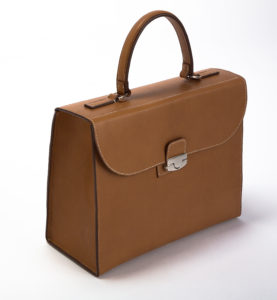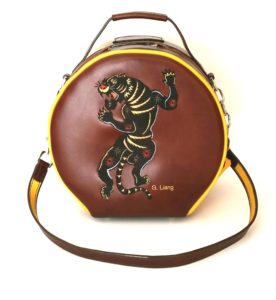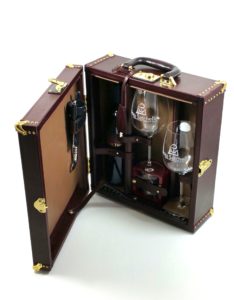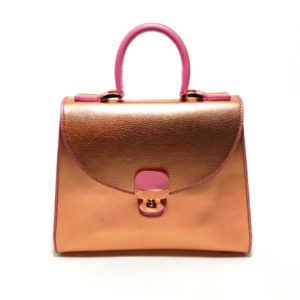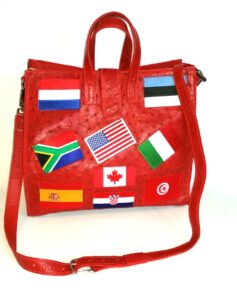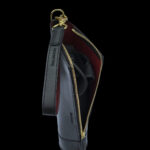The new bar has been constructed or updated and ready to be stocked and prepared for use. Certainly, no bar is worth is salt without a selection of Tequilas to quench your guests’ thirst by offering the best in premium tequilas. Tequila is known to be the healthiest of alcohols in promoting weight loss and the ‘agavins’ within the liquor are known to lower blood sugar, improve digestion and boost metabolism. For your guests who overindulge, 100% tequila blue agave is the ideal prevention for hangovers.

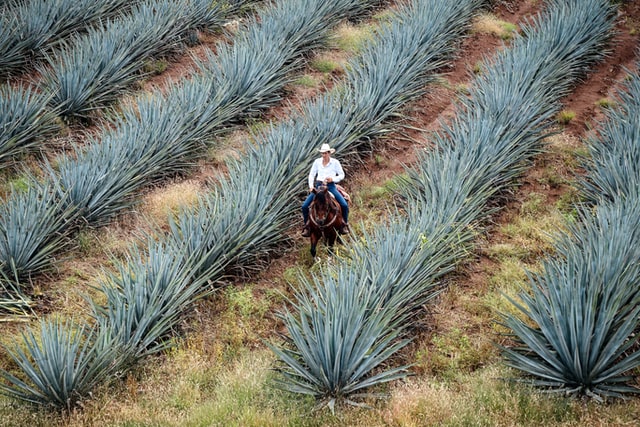

Tequila’s Backstory
Tequila’s origin can be traced back to the 16th century where the recognizable Tequila Agave plant grows in Tequila in the state of Jalisco which has two regions: The Highlands (the plants produce a sweeter taste) and the Lowlands (comparatively, an earthier taste) each growing a specific taste based on the differing environments. The Blue Weber is the only agave that can be legally used to make tequila and the plant is made up of the quiote (the flowering stalk that produces seeds), the pencas (the leaves that are cut off during harvesting) and the Piña, which resembles a large pineapple. The agave piñas are baked until softened, then smashed by a large stone wheel called a tahona. The juice from the piñas is then fermented in vats, followed by the distillation process. The Tequila process is similar to champagne with regards to government laws as to where its grown, processed, and delivered to other countries.
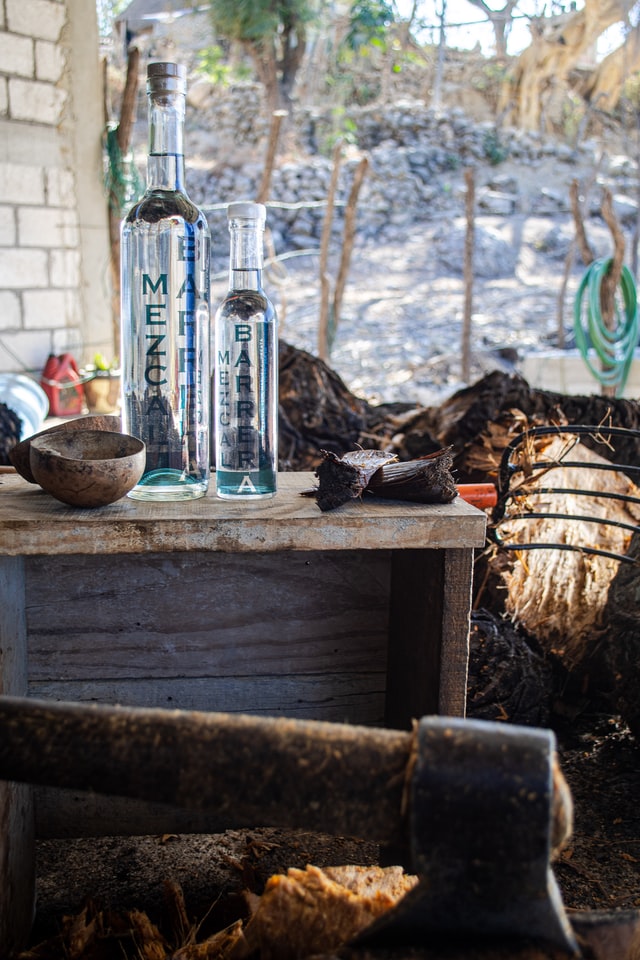
There are actually two spirits that derive from the Agave plant – Tequila and Mezcal (which possess a more smoky and sweeter flavor) which is the much pricier cousin. Why? For one, it takes years for the particular agave plant to reach maturity (7 years to over 25 years) depending on the particular variety. Secondly, the plants only grow in the wild, and distilleries are located in remote areas of Mexico where the plants thrive. Third, the yield of plants can vary, then add the uncontrollable variables such as environmental and other variants that take place during the cooking process. Finally, producing Mezcal is more grueling than Tequila as all the harvesting, cooking (ground roasting), and bottling process is done mostly by hand.

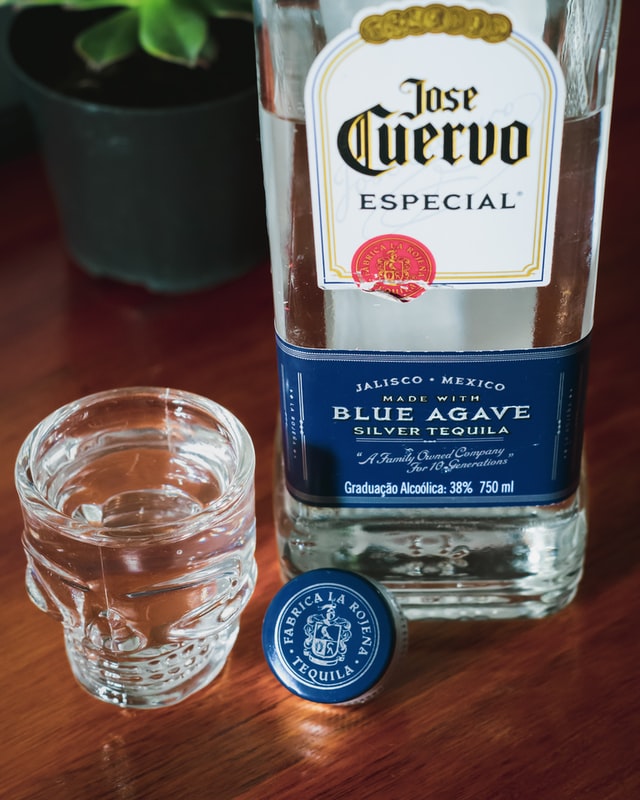
With regards to Tequila, there are five main aging classifications:
· Blanco, Silver, Plata, Crystal Platinum – the youngest distilled, aged for 59 days or less or at all resulted in a clear color; flavors citrus, floral, or pepper.
· Joven or Oro – a gold-colored mixto basically a Blanco mixed with aged tequilas
· Reposado – “rested” for two months to one year in European or American oak barrels; a light caramel-colored with flavors consisting of oak, pear, caramel, and vanilla
· Anejo – aged one to three years; darker color flavors cocoa, toffee, or vanilla
· Extra Anejo – aged three or more years, color similar to whisky and is the most expensive of the five classifications
Anything other than 100% agave printed on the label, is considered a low-quality mixtoconsisting of a mixture of fermented agave juice and cane spirits.
Stocking Your Bar Perfectly
Aficionados will only enjoy tequila neat and sip, either straight, chilled, or on the rocks. Similar to wine, the process of experiencing tequila is to look and admire the color of the liquor, then swirl, sniff, sip and allow the tequila to sit in your mouth before swallowing. This is a slow sipping drink to appreciate the flavor and time taken to produce. Salt and lime should only be used for shots. Tequila, typically labeled as the college party alcohol for margaritas and shots has transitioned into a decadent sipping experience.
Best Sipping Tequilas include (full list at Town and Country Magazine):
· Casamigos Tequila – Super-premium brand launched by former co-founders George Clooney and Rande Gerber
· Don Julio 1942 – limited-edition created for the 60th anniversary of Don Julio
· Herradura Seleccion Suprema Extra Anejo Tequila
Cocktails Consideration:
When stocking your bar, the addition of Blanco or Silver tequilas are ideal for mixed drinks including the essential Margarita (now produced in different flavors), Tequila Sunrise, Paloma, Long Island Iced Tea or offering a round of shots with a slice of lime and salt or alternatively sipping Sangrita and Tequila.
Bartenders over the decades have pushed the envelope in creating innovative cocktails using a variety of flavored tequilas (i.e., fruits, chipotle peppers, cucumbers, etc.) such as 1800 Tequila’s coconut or YaVe flavored Tequilas launched in 2017 (choice of either jalapeno or mango) and just reinventing cocktails known for other liquors like Pina Coladas and Sours. Here’s a provided link for a variety of new tequila cocktails recipes.
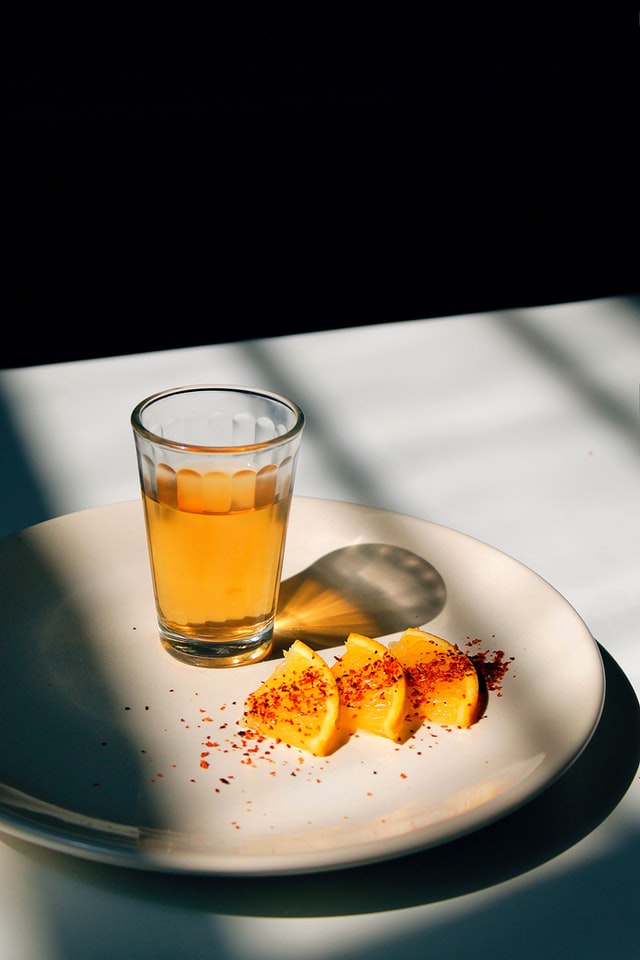
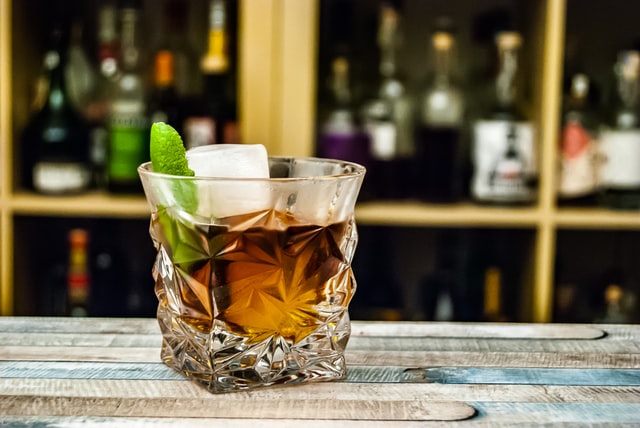
Serving Tequila
With regards to storage, a bottle should be maintained in a constant and moderate temperature (60 to 65 F), don’t store in or near direct light and maintain a proper seal of the bottle. It is advised to finish the tequila within 1 to two years of opening because of oxidation will begin to affect liquor.
Types of glassware and tools
When selecting and purchasing sipping tequila glasses, select thicker glasses for durability and volume capacity preference. Choices can include a narrow shot glasses called caballitos, a Riedel Ouverture Tequila glass, a copita (tulip) shaped glass at Williams Sonoma or Waterford Lismore Diamond Shot Glasses
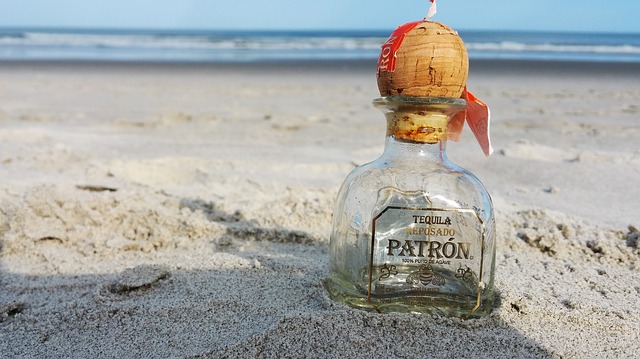
Whether an evening of relaxed sipping, celebrating a special occasion, a recognized tequila holiday like Cinco De Mayo, National Tequila Day on July 24th or just experimenting with new cocktails, tequila is an essential part of well stock bar of fine liquors. -AJ
Thank you to the following content sources
Business Insider – 25 Tequila Based Cocktail Recipes You Can Make This Weekend.
Thrill List – Why Mezcal is So Expensive
Thrill List – Mezcal and Tequila terminology
Thank You to the following photographers:
Ernest Roy – Casamigos Taquila
Johann Trasch – Tequila Cocktail
Menu Acapulco – Bottles of Mezcal photo by Hector López
Bruno Oliveira – A shot of Jose Cuervo
Kevin Kelly – 1800 Silver
Miguel Andrade – Tequila
David Garcia Sandoval – Agava Farm in Amatitan, Mexico
Rudy Prather – Jimador (farmer) harvesting Agave
Jake Heckey – Patrón
Seo24mx – Don Julio
SHARE POST
Customer Favorites
